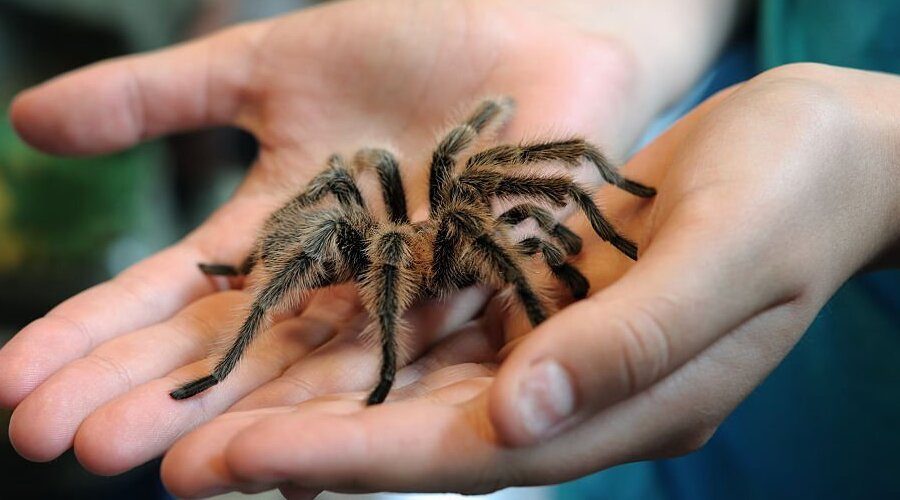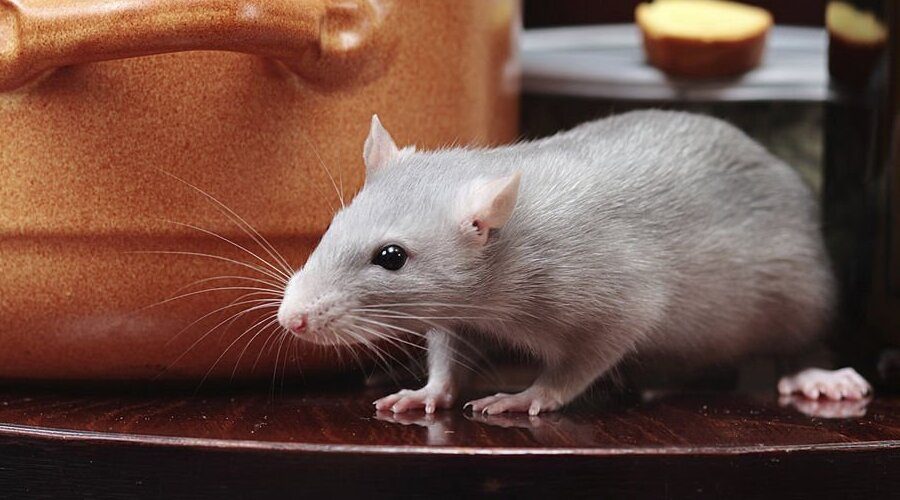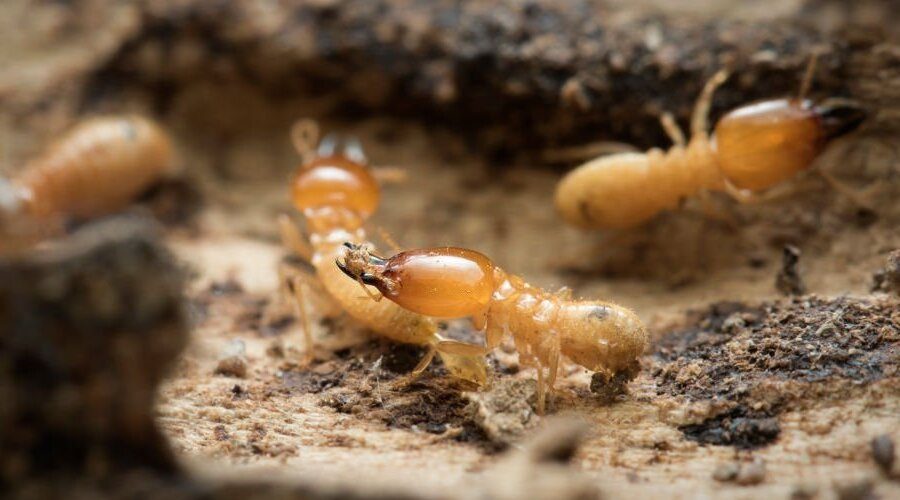Best 10 Interesting Home Pest Facts
Essential Knowledge for Dealing with Home Intruders
Have you ever had to deal with an infestation of pests in or around your home?
It can be daunting and more than a little bit scary when tiny bugs come crawling out from behind appliances or furniture.
But completely taking some control and getting rid of these uninvited guests is far easier said than done.
Your best bet would be to consult a professional pest controller who really knows their stuff.
But first, why not brush up on the top 10 amazing home pest facts?
These are tips from our friendly pest control team.
Tiny Trailblazers
Ants are some of the most annoying pests usually found in and around homes. From carpenter and pharaoh ants to odorous house ants, these tiny insects will search for sources of supplies near kitchens, pantries, and other areas where they can find sugary snacks.
What you may or may not know is that the entire colony is a social unit.
Led by a queen the male workers simply play a supporting role as they exchange supply or shelter.
Ants also like dark, moist places out of direct sunlight which makes them tricky to track down so it’s important to properly target treatment methods if you really want to get rid of them once and for all.
Midnight Marauders
Cockroaches are possibly the most reviled of all the common destructive pests and with good reason.
Filthy, gross-looking pests, they can turn up anywhere where there are dirt or supply.
But they particularly like warm and humid environments. Also, they can survive for months without supply.
While most cockroach species survive outdoors, some will willingly move inside to find a new source or to escape extremely wet or dry weather conditions.
One of the main issues with getting rid of them for good?
Jumping Whispers
Fleas are another pest that most of us don’t want to come into contact with.
But unfortunately, they’re a really common problem in many homes.
These tiny bugs feast on animal blood and can cause misery for domestic pets like cats and dogs as they bite the skin causing itching and irritation.
Although flea infestations often begin outdoors, they still need warm environments indoors.
Usually under furniture or around carpets to survive for long periods of time.
When this happens you have an even bigger problem on your hands as you try to get rid of them since flea eggs go dormant when temperatures drop below 10 Celsius meaning the whole cycle has to be tackled head-on.
Forest Timekeepers
If you live in a rural area or frequently come into contact with wildlife then it’s likely that you’ve had to deal with ticks at some point in your life.
These nasty arachnids feed off the blood of both animals and humans, coating themselves in their host’s skin oils as they wait like miniature dragons for any unsuspecting passerby to come along.
Ticks tend to live on blankets, carpets, furniture, and upholstery.
Especially, if there have been pets living in this area previously.
It can also cause itching, rashes, or severe irritation when they bite.
Most species of tick are only found outdoors.
Slumber Pirates
Last but definitely not least, we have one of the most feared and loathed home fascinating pest of all to consider: bed bugs.
Invasive animals that love to move between household items and clothing in search of their next meal, bed bugs usually hide around areas where people sleep.
Hence, the name. Bed bug bites can often leave large welts or red itchy marks on the skin and can cause allergic reaction.
But most shockingly they can travel up to 20 feet just through tiny cracks in walls.
A process known as re-infestation.
For this reason alone it’s important to act fast when you receive confirmation of an infestation otherwise it might spread too quickly to halt.
Whiskered Wanderers
If you’ve ever heard mysterious rustling noises in your walls or attic then chances are you’re dealing with a rodent infestation in your home.
Rodents like mice and rats usually come inside looking for food and water sources.
But they carry diseases with them which makes them incredibly dangerous to have around.
Not only that, but these wide range of pests can also do serious damage to your property, chewing through wires and leaving electrical systems open to danger as well as nesting insulation resulting in expensive repairs which can run into thousands of dollars.
Make sure to use specialised traps before attempting any DIY treatments as without proper containment rodents can just keep coming back.
Shimmering Scales
Silverfish are really strange-looking creatures.
Long, slimy silver-grey insects prefer to hide out in dark and damp areas like cupboards, pantries, and bathroom walls.
Not only do they feed off mold, fabric, and book bindings, but they also carry bacteria from one place to another as they move around your home looking for food sources.
The most distressing thing about a silverfish infestation is the sheer number of them that appear.
Seemingly after you’ve only removed a few.
Precautionary treatments from professional pest controllers are always best.
But if you’re feeling brave then there are natural methods that restrict their growth the same as chemical ones.
Web Weavers
Nothing is quite as exciting as finding a spider crawling around your home especially if it’s the biggest and most fearsome looking one you’ve ever seen. The largest spider is the Goliath-bird eater tarantula.
The fact of the matter is that most spiders are actually helpful when it comes to keeping other bug populations down, although they might not be welcome guests in the house.
As with any pest infestation prevention is always better than cure, but be warned.
Many species of spider carry venomous bites. So always take caution however prepared you think you are.
Timber Architects
Although termites can pose a serious problem to homeowners across the world, they’re actually an incredibly important part of any ecosystem as they naturally break down dead plant matter and other organic materials from the natural environment.
When it comes to infestations near your property, however, these same habits can end up causing considerable damage to wooden structures in or around your home which is why you should never take them lightly.
Unfortunately, we all know how quickly termite populations can grow if left unchecked. So professional treatment methods are always necessary when dealing with them.
Also, female termites lay up to 2,000 eggs per day.
Buzzing Avengers
Finally, we come to wasps.
Possibly the most dreaded of all the home pests on this list.
Wasps create their paper-like honey bee hives in areas like attics and outside walls during summer months when food sources are plentiful.
The trouble with these is that they can be incredibly difficult to locate as they carry out their activities in secret meaning the nest might not become visible until it gets really big.
If you find yourself facing a wasp infestation then the only option is to tackle them directly through professional extermination methods.
Although keep your distance as some species can deliver painful stings if threatened or provoked.
FAQs
How can I spot a pest infestation in my home?
Most pest infestations start slowly and quietly so the best thing to do is to keep alert for any signs of them. This includes droppings, strange noises, chippings of paint on walls or wood, odd egg sacs, or stings on your body. If you suspect an infestation then contact a professional pest controller who will know exactly how to deal with the problem.
Are all pests harmful?
Not necessarily. Although it’s true that most common pests like ants, or bed bugs are likely to spread diseases and cause structural damage, there are plenty of species that are actually beneficial in some manner. These include ladybirds which help control aphid populations, spiders which kill other flies for food, and earthworms which aerate soil.
Can I tackle an infestation myself using DIY methods?
While DIY treatments can be effective when dealing with small infestations, it’s not usually wise to attempt taking on larger ones alone. Professional pest controllers will have access to the best equipment and treatments which renders DIY attempts mostly ineffective. So getting in touch with an expert is always a good idea.
Conclusion
Tackling a home pest infestation can be daunting and more than a little bit scary.
But now that you know the top 10 amazing facts about common house pests it should give you a better idea of how to approach each situation.
Remember to start with prevention first wherever possible.
It provides a permanent solution rather than simply targeting the symptoms of an infestation don’t forget to stay safe and seek help from professional pest controllers if needed.
Taking just these few simple steps can save you time, money, and hassle, in the long run, giving you peace of mind when it comes to dealing with unwelcomed guests at your door.



